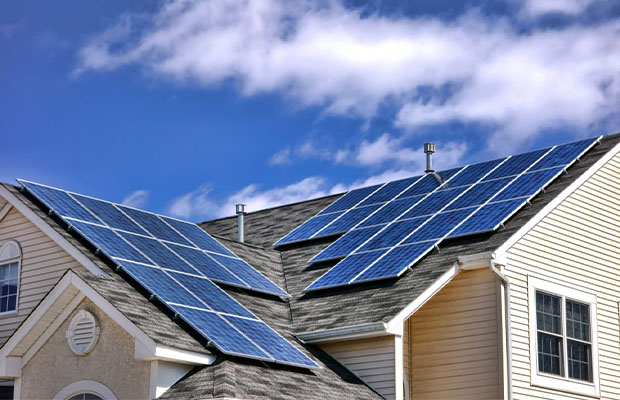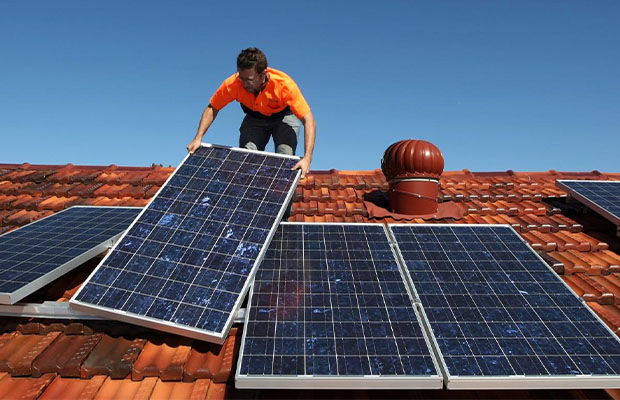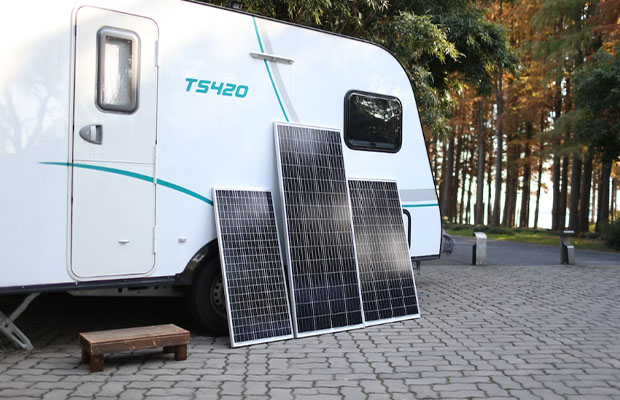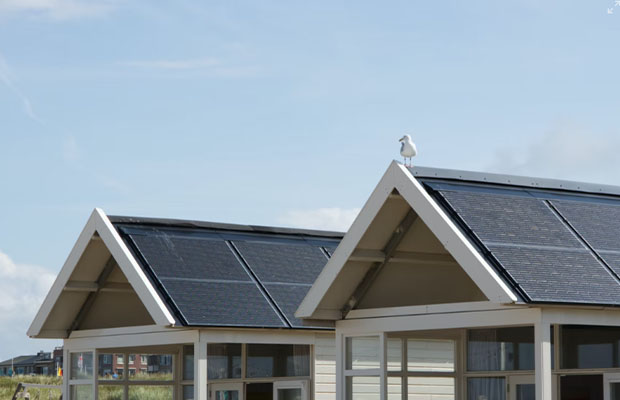Do you know how much are solar panels in texas? Homeowners in Texas can expect to spend around $16,000 before incentives or $11,200 after incentives for a typical solar installation. To help you decide whether to install solar panels, keep reading!
Texas is the second-most populated state in the union, with a population of 29 million. And with plenty of sunlight, it has consistently ranked among the top 10 solar states since 2017. Currently, Texas solar energy systems can power more than 935,000 homes.
Going solar in Texas is worthwhile because of the state’s expanding investment in renewable energy technology, which makes solar energy accessible to homeowners at below-average prices.
Table of Contents
How Much Do Solar Panels Cost across the Main Cities in Texas?
The price of installing a solar system is roughly comparable in Texas’ five largest cities: Houston, San Antonio, Dallas, Austin, and Fort Worth. A typical 6 kW system will cost around $16,000 before incentives. Once you apply the federal solar tax credit, the cost drops to about $11,200!
When compared to the national average, the cost of solar in Texas is competitive. In the U.S, average residential solar systems 6 kilowatts in size have a starting price of about $17,000 before incentives.
With the help of this online calculator, you can estimate the price for your residential address.
What Rebates and Tax Credits Are Available in Different Parts of Texas?
The rebates, credits, and incentives that homeowners can use to reduce their costs vary by city. Here are some options for which you can submit an application.

Federal and State Incentives
You may be eligible for a tax credit equal to 30% of the cost of a solar PV system under the federal solar tax credit, also known as the investment tax credit (ITC). This includes both equipment and labor costs. The system you install might be eligible for a state-level property tax exemption. These incentives are available to homeowners in all significant cities, and they do not affect the 26% ITC or Residential Renewable Tax Credit in any way.
Austin
According to statistics, Austin Energy currently finances more than a dozen commercial, municipal, and educational projects in addition to nearly 6,300 residential solar systems. The City of Austin provides a residential solar rebate program, which calls for home owners to finish a solar education course before having a qualifying solar photovoltaic (PV) system installed in their residence. You receive a $2,500 rebate as a result, and the course equips you with the knowledge you need to make wise decisions, lower your energy costs, and protect the environment.
Houston
The average cost of a PV system in Houston in 2022 is $2.83 per watt. This equals $16,980 before incentives using the most typical system size of 6 kW. Reliant, TXU, Amigo Energy, and Green Mountain Power all offer net metering credits for any extra solar power generated and exported to the grid in addition to the ITC.
Dallas
Dallas still has huge tracts of farmland, and one of the incentives available is a rebate of up to $1,000 for energy-efficient upgrades for members of the The Farmers Electric Cooperative. As long as the conditions are satisfied, the rebate is given in the year of installation.
Through participating service providers in its region, Oncor also offers incentives that help customers avoid paying the initial cost.
San Antonio
The utility’s solar rebate program is available to residents of San Antonio who use CPS Energy. Residential projects are eligible for up to $2,500 each, plus an extra $500 for solar installations that use locally made solar modules.
Why not enter your residential address and request a personalized quote from an installer? A number of comparable incentives are available for the other cities in Texas.
Which Solar System is Right for Your Home?
Your household’s energy needs, your recent energy bills, your location, and the weather all play a role in determining the best PV system for your needs. You should choose a system that can withstand the conditions if, for instance, your area experiences regular periods of heavy rain or strong winds.
Once you have an idea of the panels you want, it’s important to find out the following:
- Efficiency rating, compared with the industry average of 18% to 22%
- Check the warranty available against the industry average of 10 to 25 years
- Compare the cost to the expected relative efficiency, to determine value for money
Panels typically fall into one of three categories: premium, standard, or economy. Prices, as well as durability, warranties, and manufacturing quality, vary accordingly. Request quotes from several solar installation companies and read the reviews that are available on the various types of panels. This enables you to gather a variety of suggestions that will aid in your decision.
Advantages of Solar Panels in Texas
There are many benefits to purchasing solar panels for your Texas home. Here are a few of the most significant benefits of solar panels.
- Reduced energy costs are a benefit of solar panels. Solar panels can be useful if you’re trying to lower your regular electricity bill.
- Your home’s value may rise with the help of solar panels. Installing solar panels is an excellent way to raise the resale value of your home, whether you plan to sell it this month or next year. According to a study by the Lawrence Berkeley National Library, a solar system boosts a house’s value by about $15,000 on average. Related Post: Do Solar Panels Increase Home Value In Texas?
- A green source of electricity is solar power. Because solar energy is produced using the power of the sun, it helps you reduce your carbon footprint.
- You can prevent unpleasant surprises in your electricity bills with the aid of solar panels. Prices for electricity could increase annually. If you want to avoid future increases in electricity prices, you can essentially lock in the price you pay today by investing in a solar energy system.
- The return on investment for solar panels is very high. Over the course of their several decades-long lifetimes, American solar buyers typically experience a 20% or greater return on investment.
Final Words: is Going Solar Worth It in Texas?
Texas is a great place for solar energy because of its abundant annual sunshine and low costs. Texas already has 2.6 GW of solar power installed, and the sector is growing rapidly!
The solar incentives and rebates that Texas residents are eligible for can significantly reduce the cost of your initial investment. They not only reduce the cost of going solar but also give assurance that you are acting morally.
Consider installing a solar system on your home because of the costs and environmental advantages.
Related Post: Is Solar Worth It In Texas?
FAQs
Can You Get Free Solar Panels in Texas?
No, there is no such thing as a no-cost solar program. In reality, these programs are solar leases or power purchase agreements (PPAs), in which a business will install solar panels on your roof without charging you a deposit but will instead bill you for the electricity generated.
How Long Do Solar Panels Last?
An average of 20 to 25 years pass before they expire. After this point, they might still produce electricity, but it’s likely that they’ll produce less. As long as they receive an annual cleaning and inspection, solar panels can last for quite some time with little maintenance.
Will Texas Pay for My Solar Panels?
Texas doesn’t have a statewide solar tax credit or rebate program, but a number of local governments and utility companies (large and small) offer incentives to homeowners going solar.





